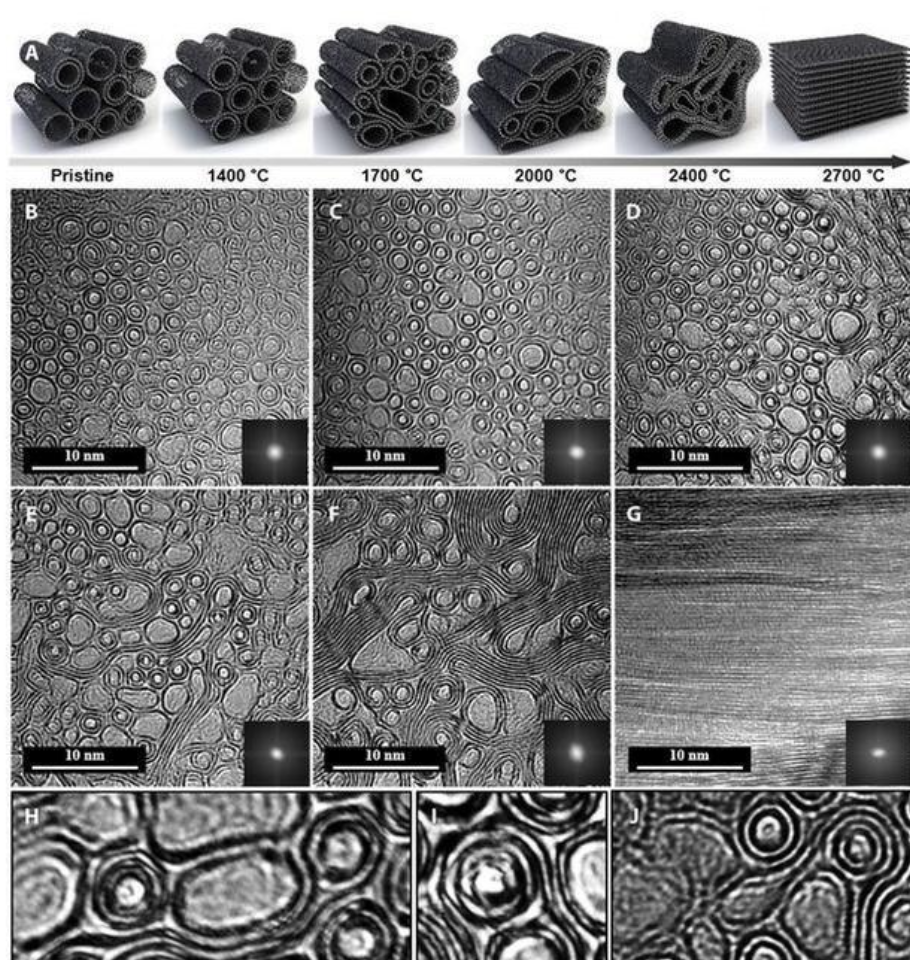Enhancing the Stability of Asphalt Materials in High-Temperature Environments
Introduction
Asphalt is widely used in road construction due to its durability and cost-effectiveness. However, in high-temperature environments, asphalt materials often suffer from softening, rutting, and deformation, significantly reducing road performance and lifespan. With the increasing demand for high-performance pavements in hot climates and heavy-traffic areas, improving the high-temperature stability of asphalt has become a crucial research focus.

Various modification techniques, including carbon nanotubes (CNTs), graphene, polymer additives, mineral fillers, and fiber reinforcements, have been explored to enhance the thermal stability and durability of asphalt. This article discusses the mechanisms, advantages, and challenges of these modification strategies.
Effects of High Temperature on Asphalt Performance
At elevated temperatures, asphalt experiences significant changes in its physical and mechanical properties, leading to the following issues:
- Softening and increased flowability – The viscosity of asphalt decreases, making it more prone to deformation.
- Reduced rutting resistance – Under heavy traffic loads, the softened asphalt results in permanent deformation, such as rutting.
- Oxidative aging acceleration – High temperatures accelerate the oxidation process, leading to increased brittleness and premature failure.
- Loss of adhesion – The bond between asphalt and aggregates weakens, reducing structural integrity.
To mitigate these issues, advanced material modifications have been developed to enhance the thermal stability of asphalt.
Modification Techniques for High-Temperature Stability
1. Carbon Nanotube (CNT) Modification
Mechanism:
Carbon nanotubes (CNTs) exhibit extraordinary mechanical strength, high thermal conductivity, and excellent dispersion properties. When incorporated into asphalt, CNTs form a reinforcing network, improving its viscoelastic properties and resistance to deformation.
Benefits:
✔ Increases the softening point of asphalt, delaying heat-induced deformation.
✔ Enhances rutting resistance by reinforcing the asphalt matrix.
✔ Improves thermal conductivity, allowing heat dissipation and reducing localized overheating.
Challenges:
✔ Ensuring uniform dispersion of CNTs in asphalt remains a challenge.
✔ High costs of CNT production may limit widespread application.
2. Graphene-Based Asphalt Modification
Mechanism:
Graphene, a two-dimensional nanomaterial, provides high mechanical strength and thermal stability. When added to asphalt, graphene enhances its structural integrity and resistance to temperature fluctuations.
Benefits:
✔ Increases stiffness without compromising flexibility.
✔ Improves oxidative stability, reducing aging effects.
✔ Enhances adhesion between asphalt and aggregates, prolonging pavement lifespan.
Challenges:
✔ High production and processing costs.
✔ Potential issues with large-scale mixing and application.
3. Polymer Modification
Mechanism:
Polymers such as styrene-butadiene-styrene (SBS), ethylene-vinyl acetate (EVA), and polyethylene (PE) improve the high-temperature performance of asphalt by enhancing its elasticity and resistance to deformation.
Benefits:
✔ Provides higher rutting resistance and elastic recovery.
✔ Enhances asphalt flexibility, reducing cracking at temperature extremes.
✔ Extends service life and reduces maintenance costs.
Challenges:
✔ Some polymers degrade under UV exposure and oxidation.
✔ Polymer-modified asphalt requires specialized mixing processes.
4. Mineral Fillers and Fiber Reinforcement
Mechanism:
Mineral fillers such as hydrated lime, basalt powder, and nano-silica improve the stiffness and heat resistance of asphalt by increasing its viscosity. Similarly, fiber reinforcement (e.g., cellulose, glass, or aramid fibers) helps maintain structural integrity by preventing aggregate displacement.
Benefits:
✔ Improves load-bearing capacity under high temperatures.
✔ Reduces bleeding (excess asphalt rising to the surface).
✔ Enhances moisture resistance, preventing stripping and degradation.
Challenges:
✔ Requires precise control of filler-to-asphalt ratio.
✔ Some mineral additives may alter asphalt workability.
Comparative Analysis of Modification Techniques
| Modification Method | High-Temperature Stability | Rutting Resistance | Cost Effectiveness | Durability |
|---|---|---|---|---|
| Carbon Nanotubes (CNTs) | ★★★★★ | ★★★★★ | ★★☆☆☆ | ★★★★★ |
| Graphene | ★★★★★ | ★★★★★ | ★★☆☆☆ | ★★★★★ |
| Polymers (SBS, EVA, PE) | ★★★★☆ | ★★★★☆ | ★★★☆☆ | ★★★★☆ |
| Mineral Fillers | ★★★☆☆ | ★★★☆☆ | ★★★★☆ | ★★★☆☆ |
| Fiber Reinforcement | ★★★☆☆ | ★★★☆☆ | ★★★★☆ | ★★★☆☆ |
Future Perspectives
The development of multi-functional asphalt modifiers, combining CNTs, graphene, and polymers, could further enhance high-temperature stability while maintaining flexibility and durability. Additionally, smart asphalt materials with self-healing and thermal-adaptive properties are being explored to extend the lifespan of road pavements.
With ongoing research and technological advancements, the integration of nanomaterials and polymer composites into asphalt will play a crucial role in developing next-generation high-performance road infrastructure.
Conclusion
Improving the high-temperature stability of asphalt is essential for enhancing road durability and performance in hot climates. Carbon nanotubes, graphene, polymers, mineral fillers, and fiber reinforcements offer significant benefits in terms of softening resistance, rutting prevention, and oxidative stability. However, challenges such as cost, large-scale implementation, and compatibility need to be addressed for widespread adoption.
Future innovations in nanotechnology, self-healing materials, and smart pavement systems will continue to drive progress in asphalt modification, ensuring more sustainable and resilient road networks worldwide.

